Placing and checking the cameras is only half of the work though. Each three-month period of monitoring results in upwards of 1 million photographs that need to be sorted, saved and processed so that the individual animals, locations, dates and time stamps can be fed into the computer models to predict the population densities of each of the species. In the past, photos had to be processed manually; a veritable nightmare when you have, for example, a herd of cattle lying in front of a single camera resulting in hundreds of photos of a cow chewing her cud. Or a wayward piece of grass caught in the fresh Kalahari breeze which you watch hundreds of pictures of like a sped-up movie with your finger clamped on the advance arrow key on your computer. Thankfully, with technological advances, this manually processing is now a thing of the past. Through our partnership with the Wageningen University in the Netherlands we are testing their newest AI technology which analyses the photos and automatically groups them into species, calculating all the photo metadata and automatically compiling it in vast databases for analysis. This process allows quicker analysis of the data and frees up our research team for further field studies.
We look forward to seeing the results from this latest monitoring period which concluded this month. It will be interesting to look at how the wildlife numbers have fluctuated after this year’s unprecedented rains that came off the back of years of debilitating drought. We are very thankful to the cooperation of all the farmers involved who allow us regular access to their farms to place and check the cameras. Without them, we would not be able to conduct this important work, monitoring the wildlife of the Western Kalahari.

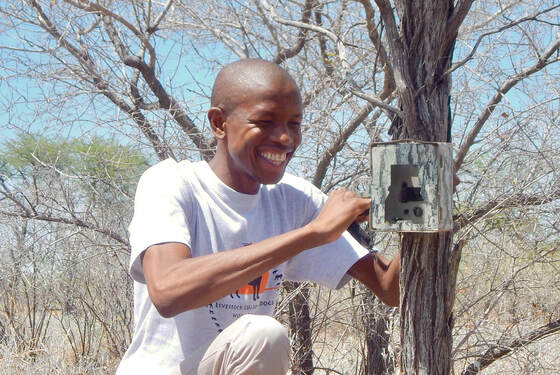
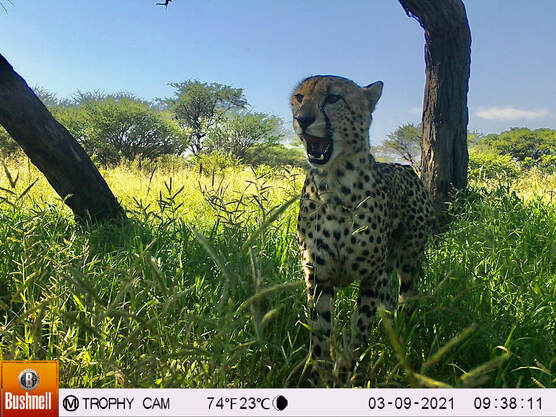
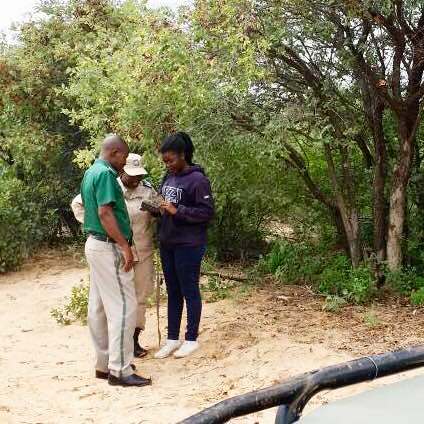
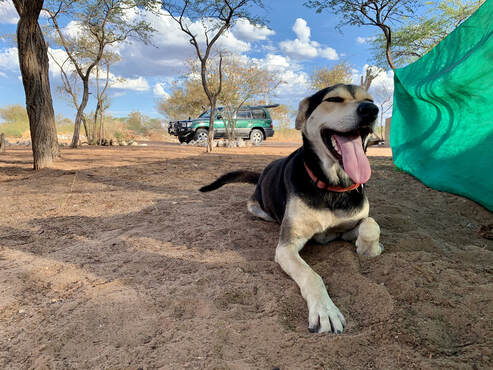
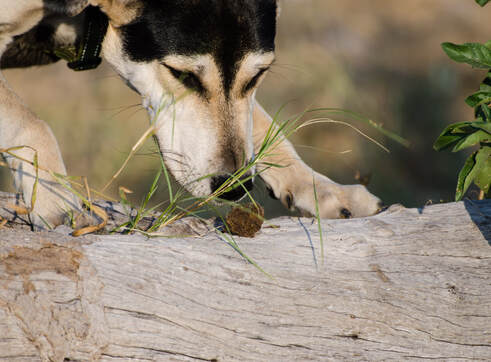
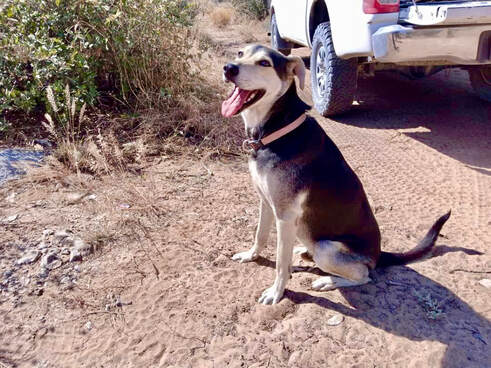
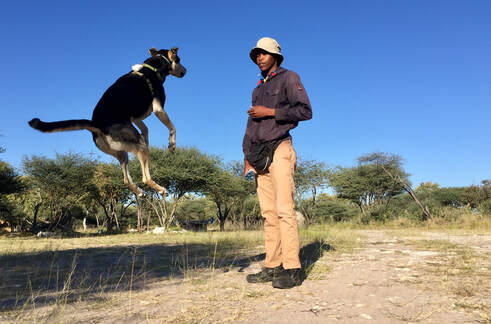
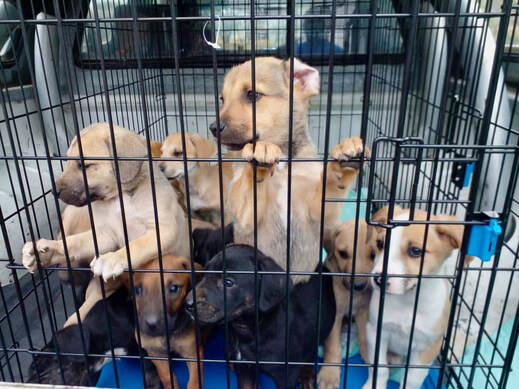
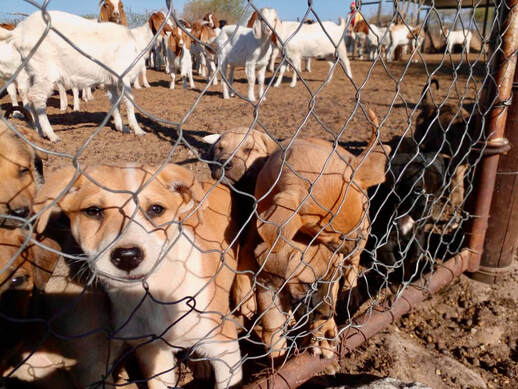
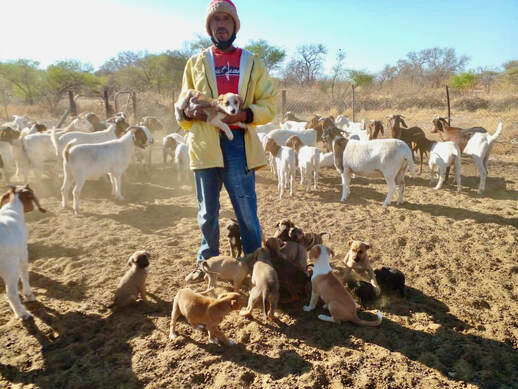
 RSS Feed
RSS Feed
